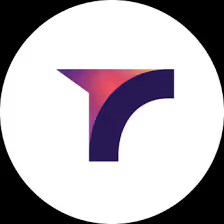What is predictive campaign analytics?
Predictive campaign analytics uses data and models to forecast campaign outcomes, helping optimize marketing strategies and improve ROI.
What can predictive campaign analytics do?
It predicts customer behavior, estimates campaign performance, and identifies the best audience segments to target for higher engagement.
How does predictive campaign analytics work?
It analyzes historical data using algorithms to identify patterns and forecast future campaign results for better decisions.
Is predictive campaign analytics easy to set up?
Yes, most tools offer simple integrations and user-friendly dashboards to start analyzing data quickly without technical skills.
Is predictive campaign analytics free?
While some basic features may be free, most advanced predictive campaign analytics tools require paid plans.
What is the common predictive campaign analytics pricing?
Prices usually range from $50 to $500 per month, depending on data volume and feature complexity.
What are the types of predictive campaign analytics?
Common types include customer segmentation, churn prediction, conversion forecasting, and campaign ROI analysis.
Does predictive campaign analytics work with email?
Yes, it integrates with email platforms to predict engagement rates and optimize email marketing campaigns.
What are the best predictive campaign analytics tools?
Top tools include HubSpot, Salesforce Einstein, Adobe Analytics, and Google Analytics with predictive features.
What are common predictive campaign analytics integrations?
They often integrate with CRMs, email software, social media platforms, and ad networks for seamless data flow.





















